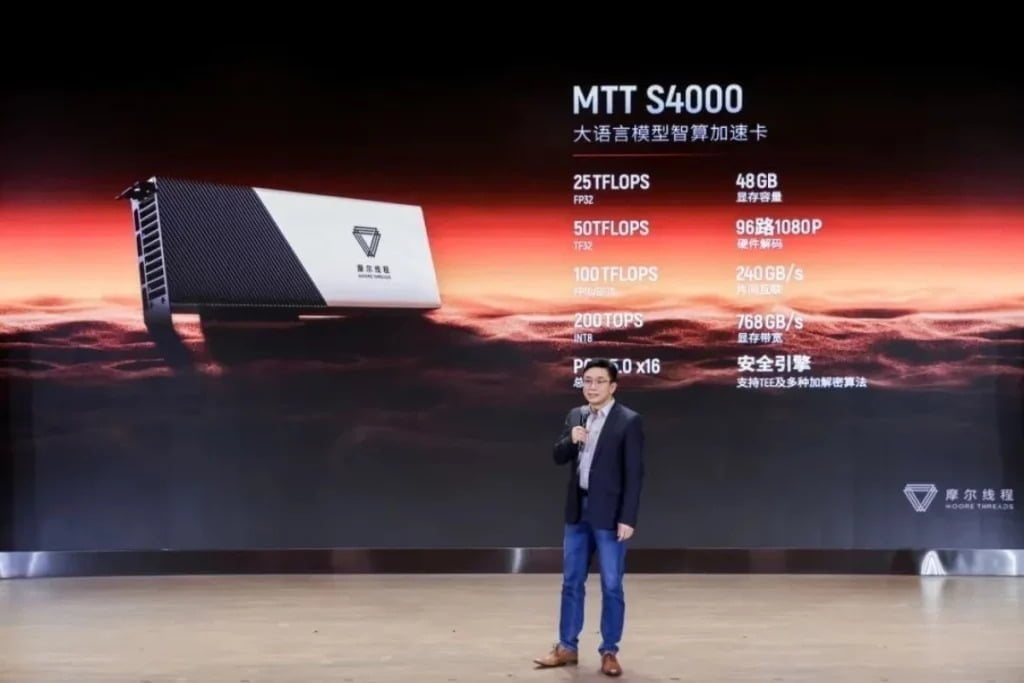Google’s VideoPOET Achieves Innovative Coherent Video Generation
Google Unveils VideoPoet: Revolutionizing Video Generation Google has revealed VideoPoet, an innovative large language model (LLM) that is transforming the landscape of video generation. VideoPoet stands out by excelling in creating coherent large-motion videos with minimal artifacts, departing from its predecessors. This cutting-edge model is equipped to handle a variety of video generation tasks, encompassing text-to-video […]
Google’s VideoPOET Achieves Innovative Coherent Video Generation Read More »









